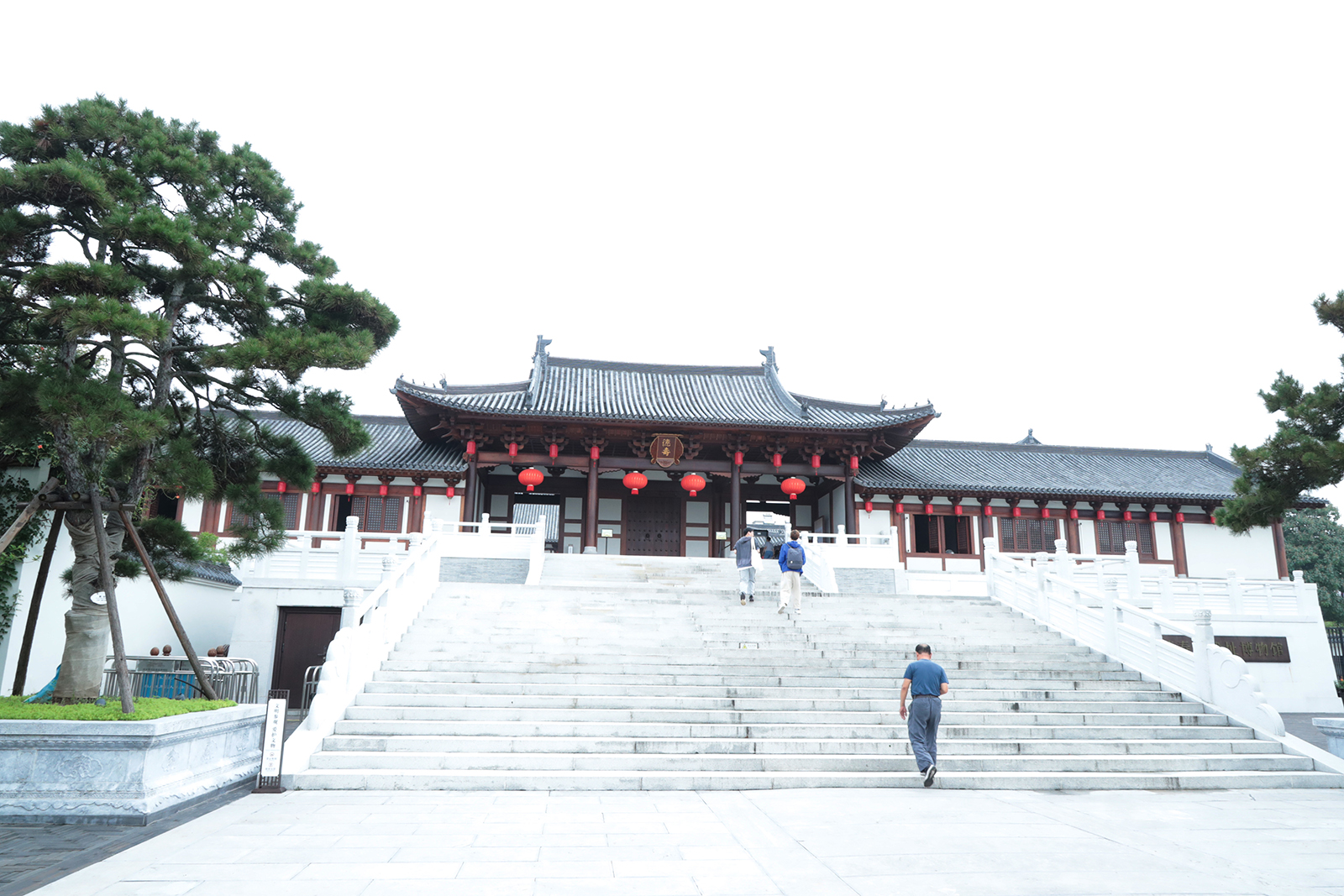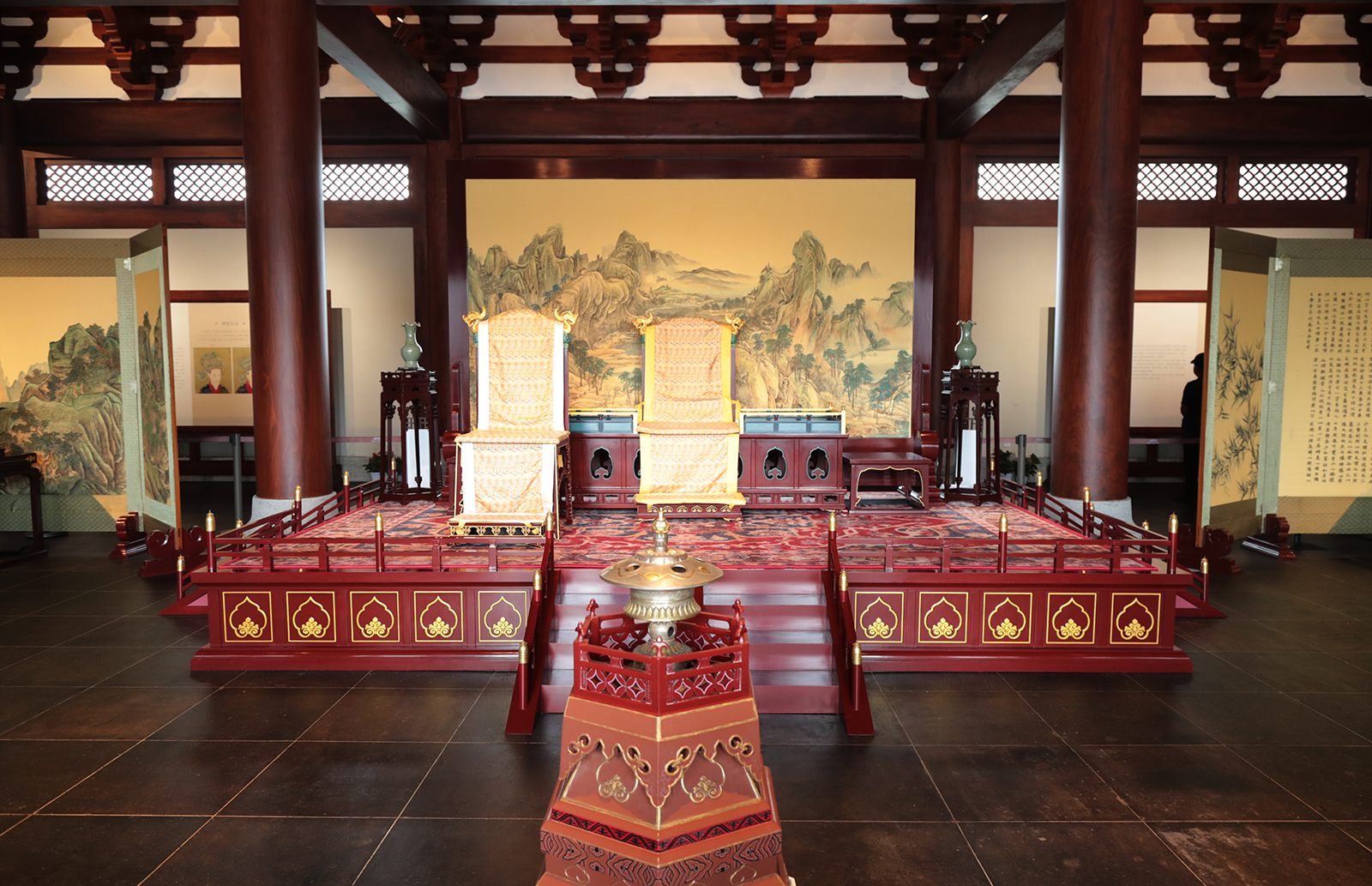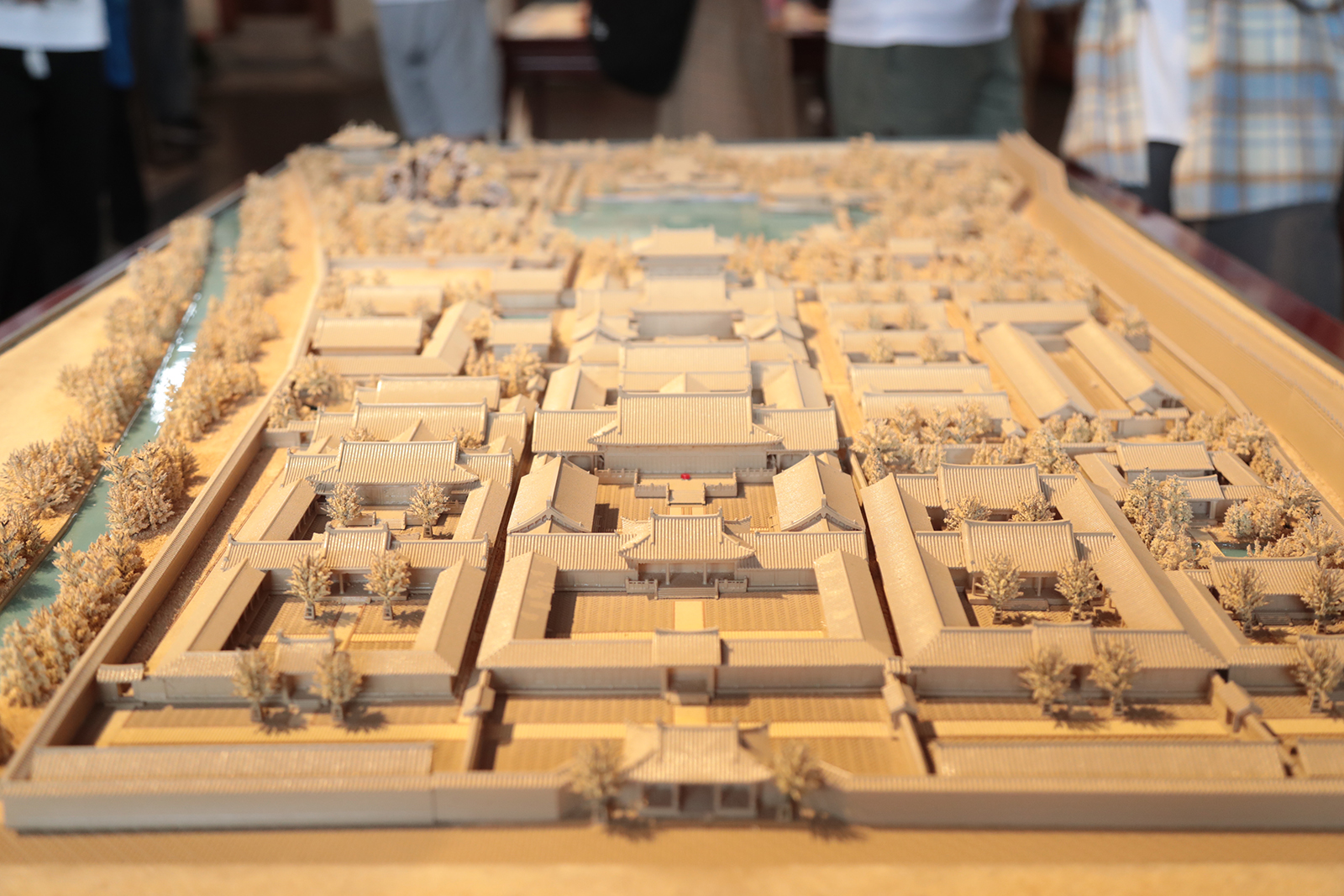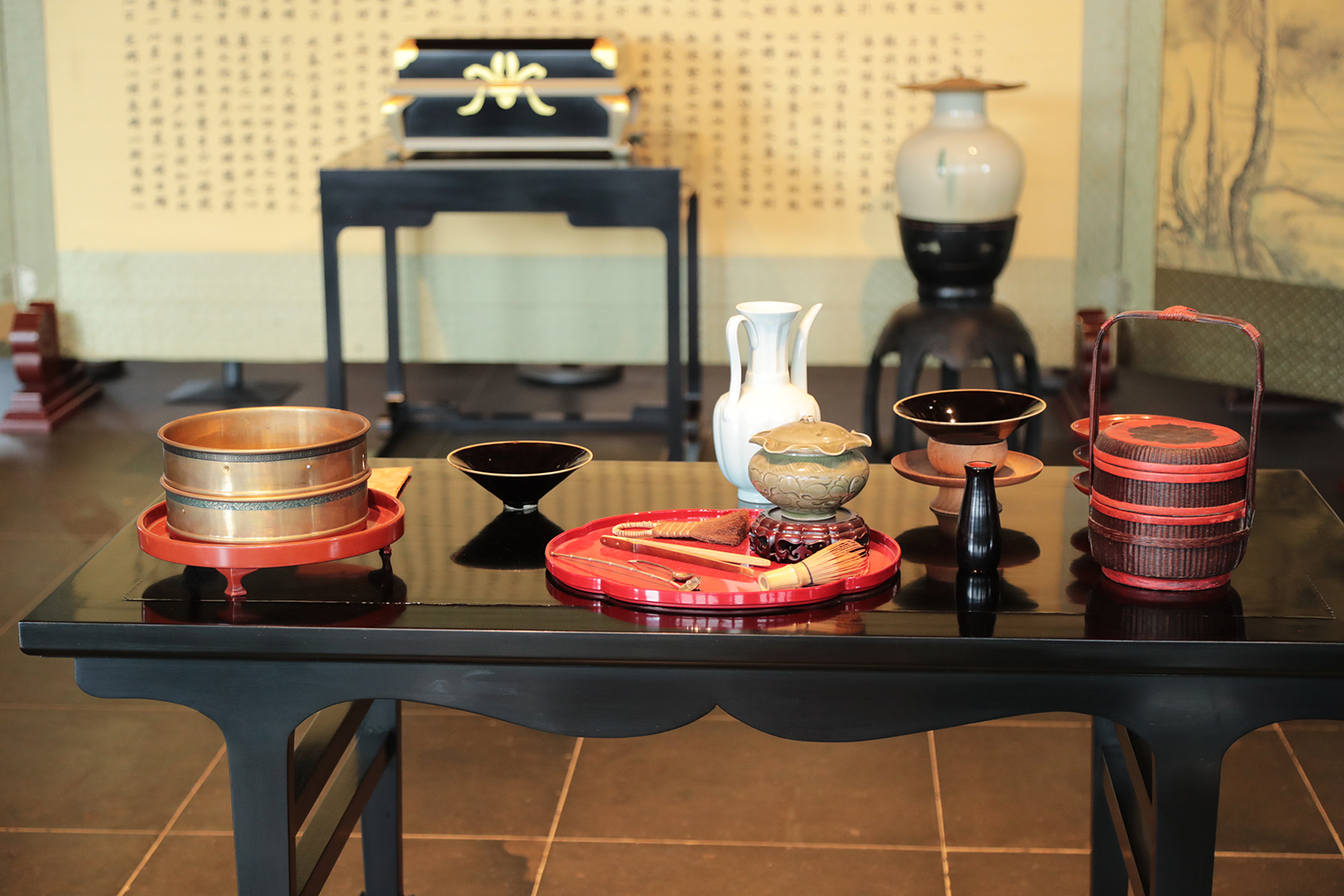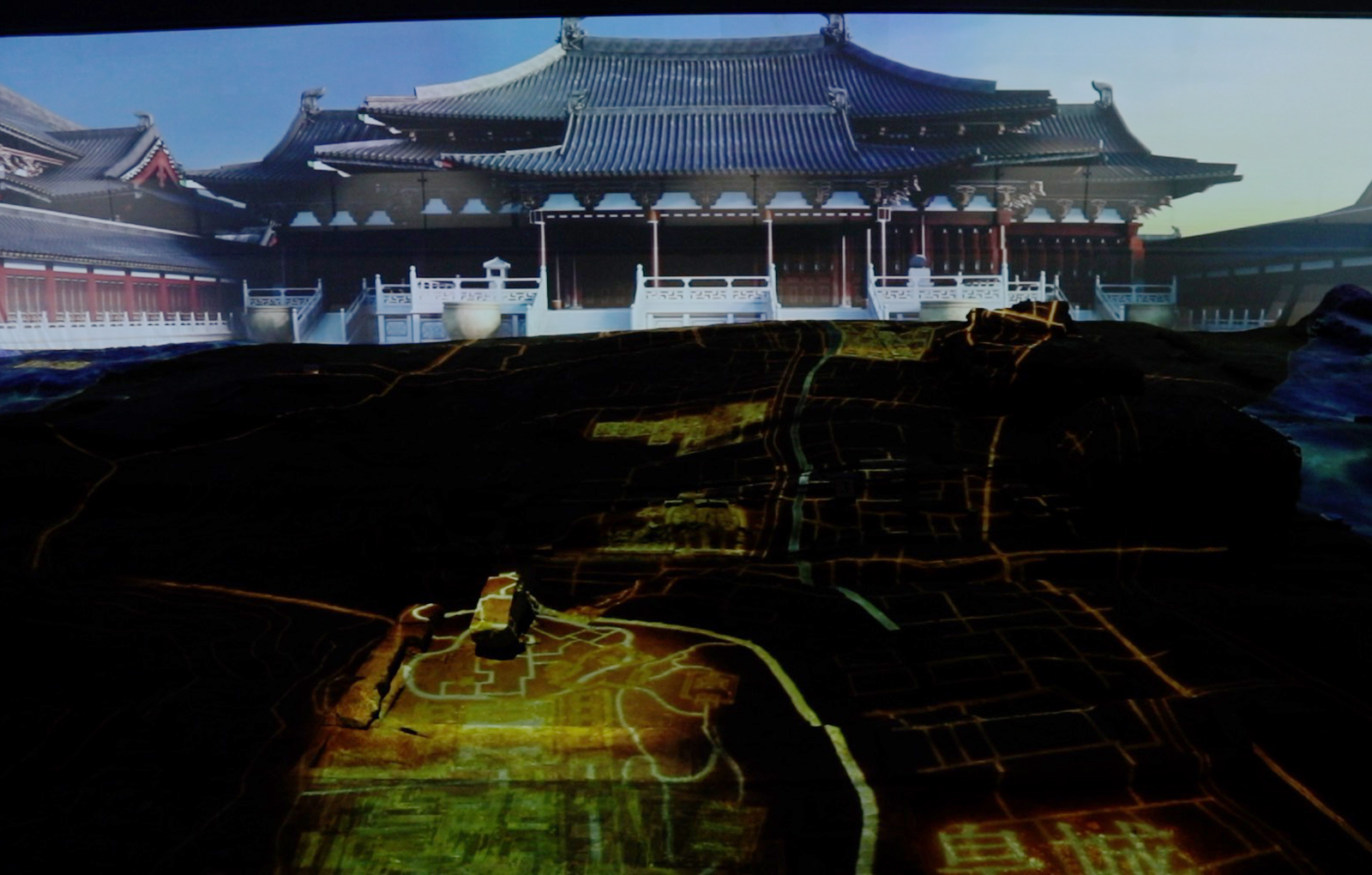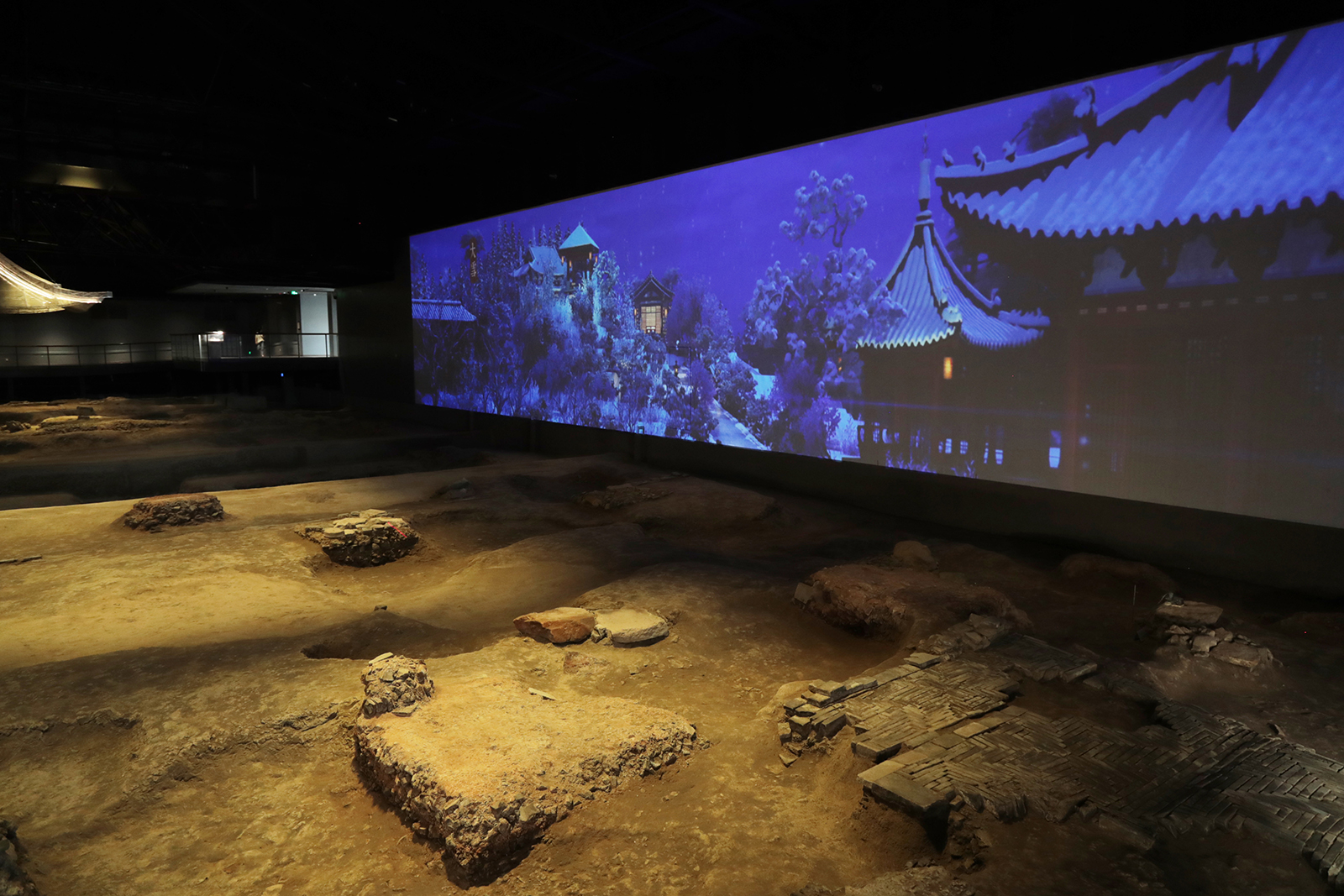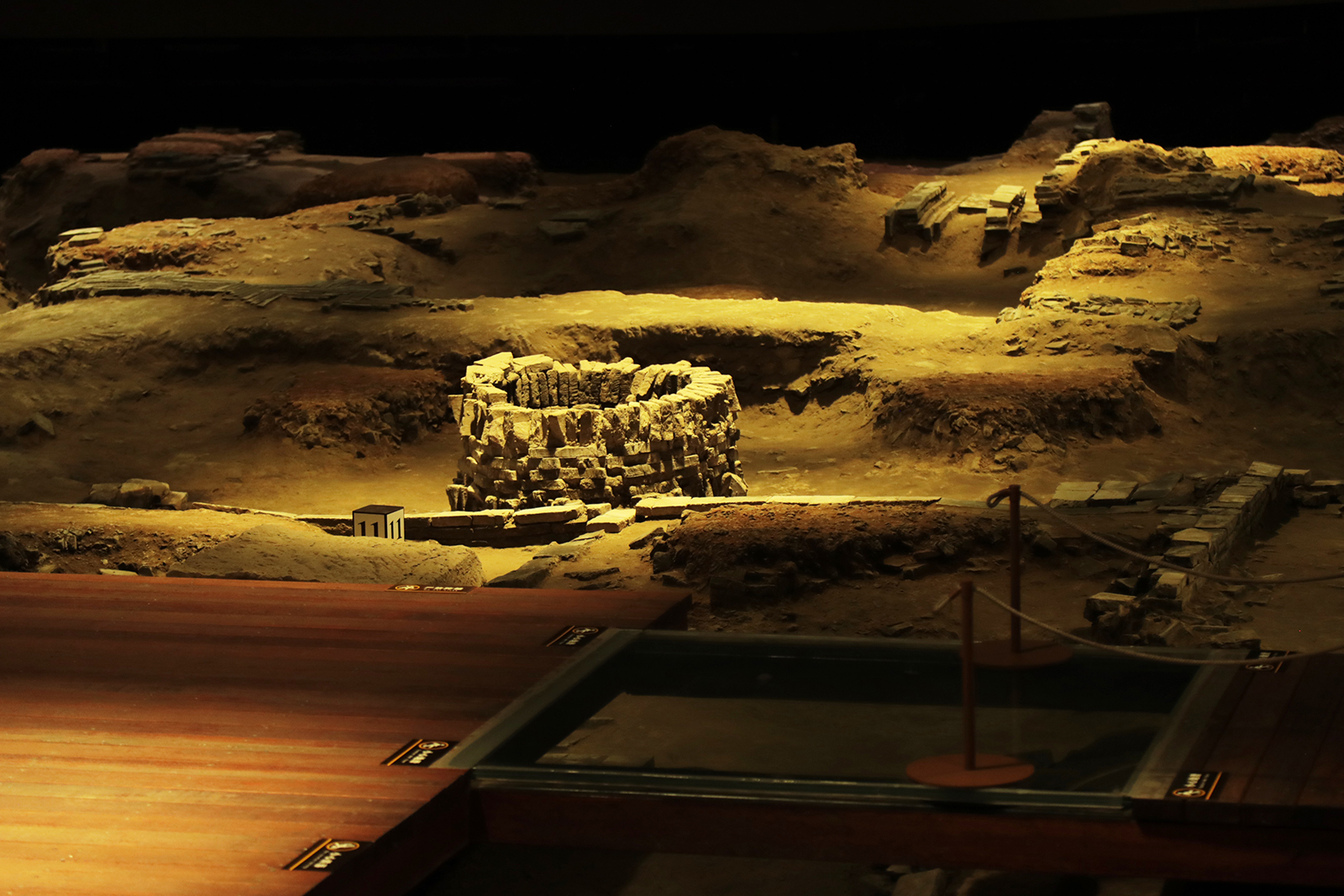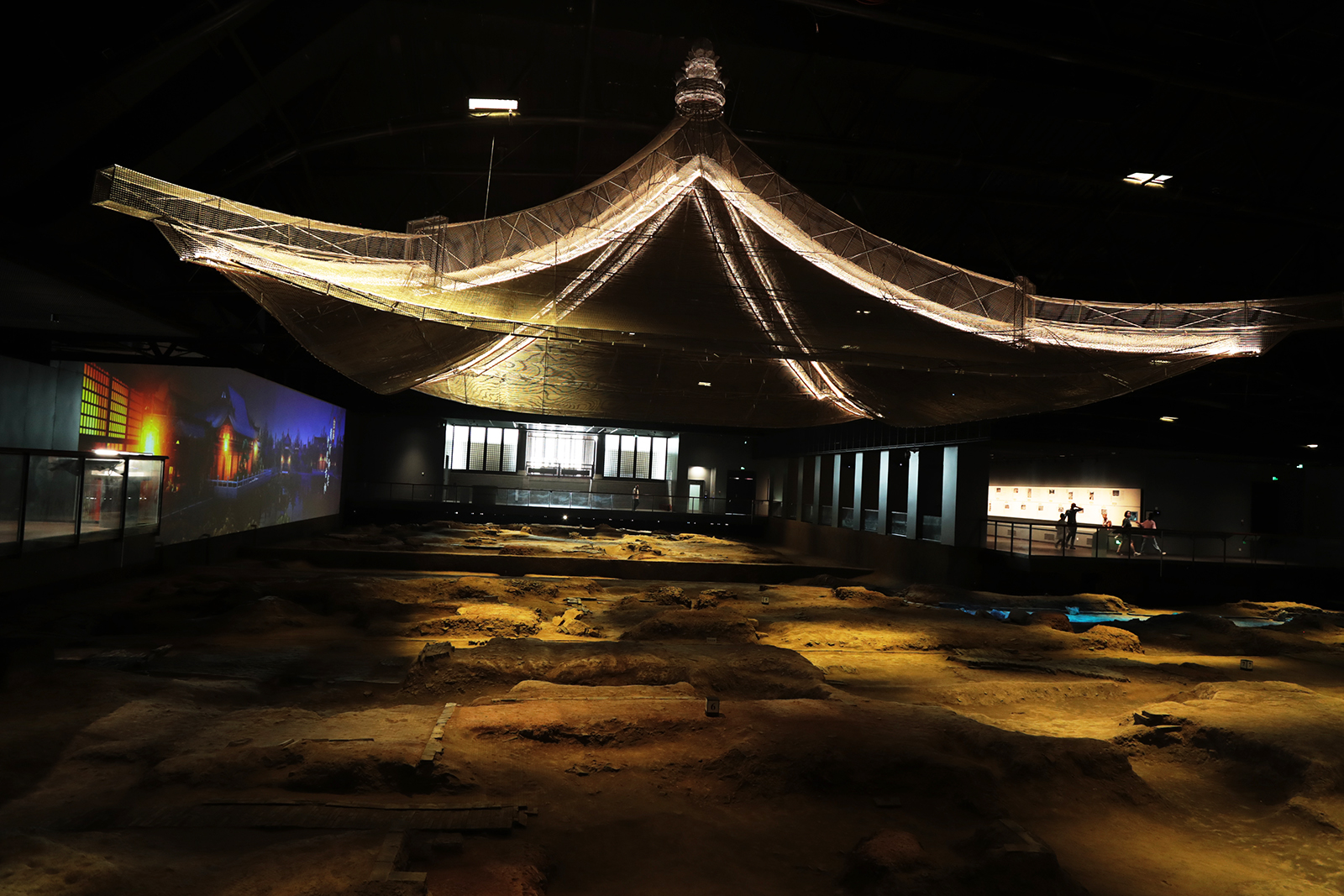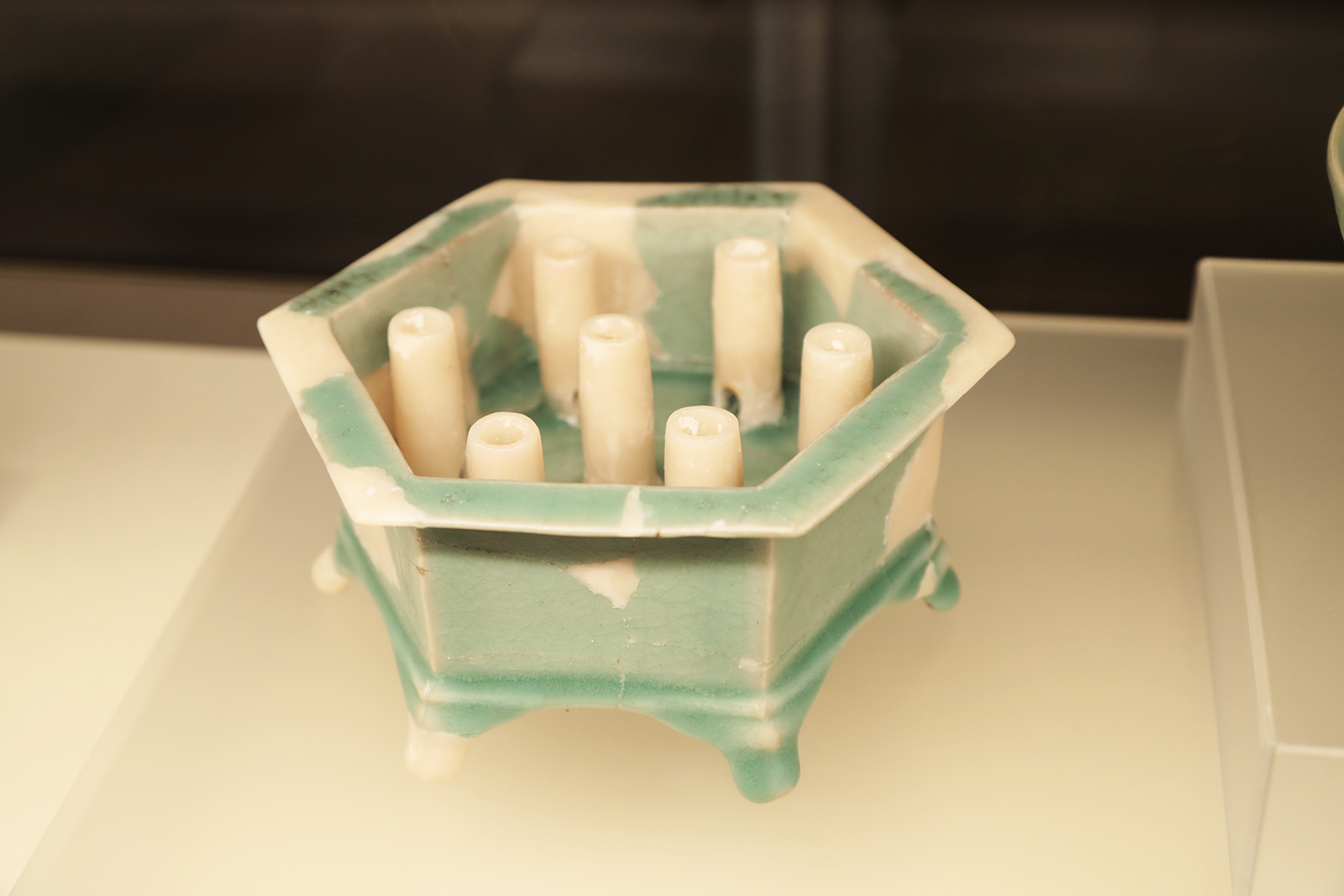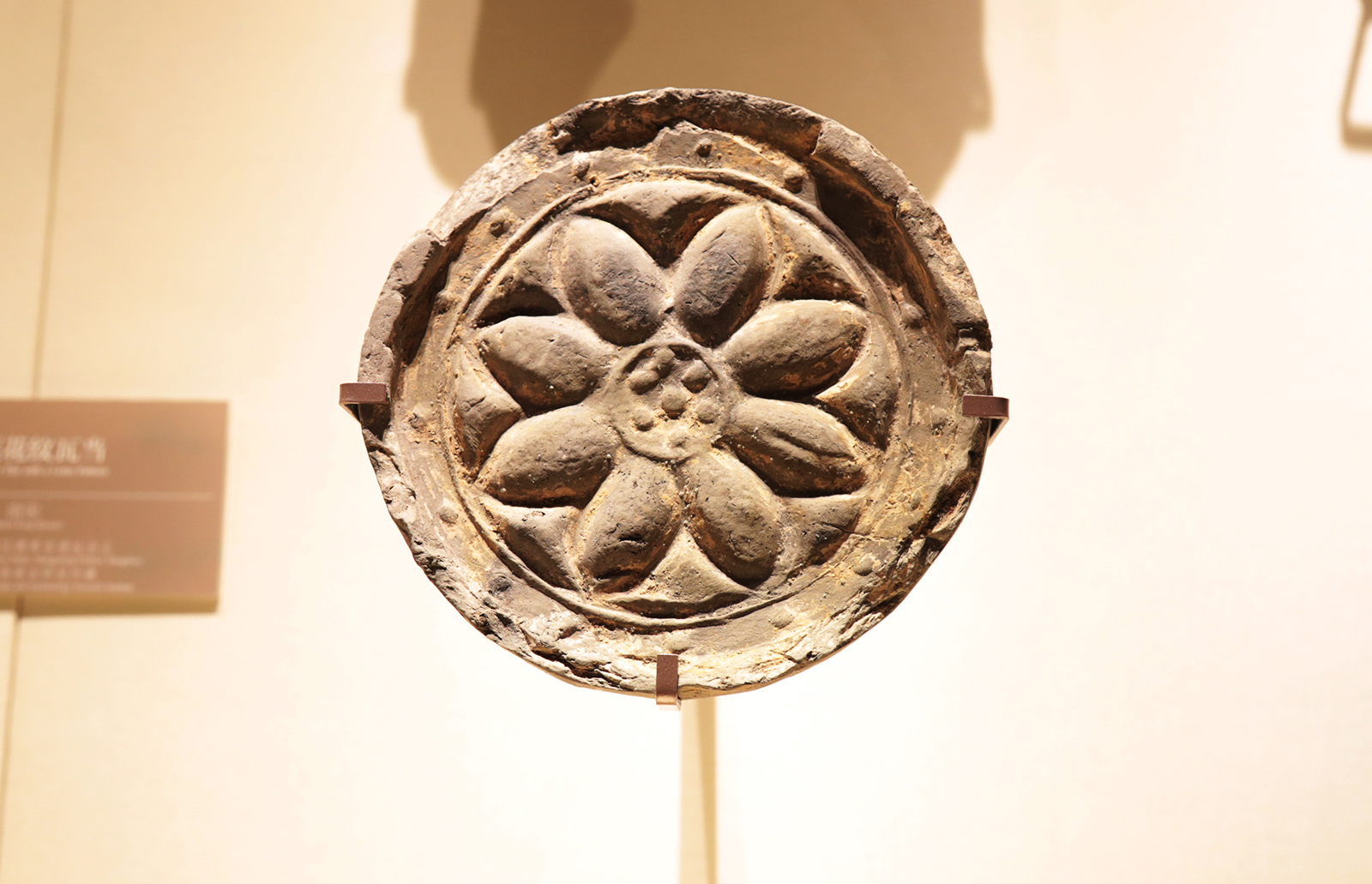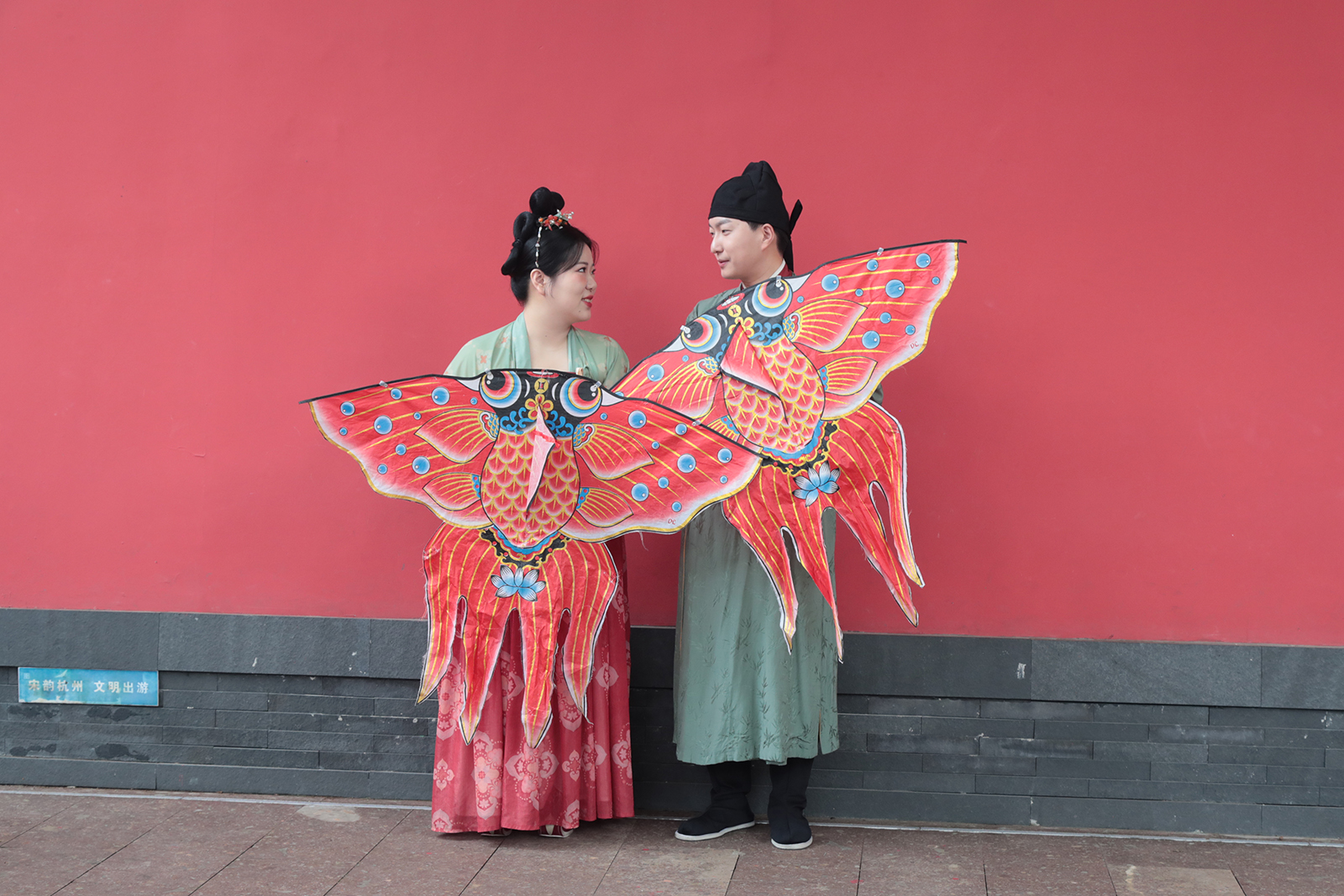The Deshou Palace Ruins Museum in Hangzhou, east China's Zhejiang Province, has become a popular destination to learn about the royal life of ancient China since the restored royal palace opened to the public in November 2022.
Hangzhou, then known as Lin'an, was the capital city of the Southern Song Dynasty (1127-1279). Deshou Palace, or the Palace of Morals and Longevity, was the retreat of two former emperors, Gaozong and Xiaozong, after they left the throne in 1162 and 1189 respectively.
The palace was destroyed by fire in 1206 and fell into ruin before archaeologists rediscovered the site in 1984. Since then, more than 8,000 cultural artifacts have been discovered at the site, including porcelain and calligraphy works, alongside structural components such as foundations and drainage facilities.
The layout of the restored Deshou Palace follows that of the Southern Song Dynasty imperial city. Exhibitions are held at the museum to showcase the everyday lives of the emperors and the ordinary people at that time.
Chonghua Hall, the main building at Deshou Palace, was reconstructed according to historical material. The remnants of the hall are considered the essence of the museum.
With the help of digital technology, visitors are offered an immersive experience to "travel" back through time. Alongside the physical remnants of the centuries-old column bases, cornerstones and wells, digital installations replicate the original buildings, helping visitors to envisage the scale and beauty of the palace, its exquisite craftsmanship, and the elegant lifestyles of its occupants during the Southern Song Dynasty.
Although daily limits on visitor numbers are set to protect the cultural relics, the museum has received more than 600,000 individual visits and over 2,000 group visits during the past year.

